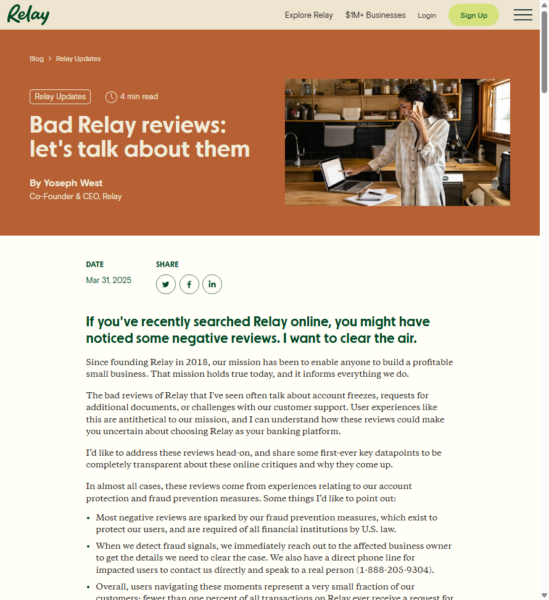The recent case of a young person dying during a wisdom-tooth removal has raised questions over the safe use of anesthesia in office-based surgical procedures. Anesthesia complications or deaths are not limited to office surgery, (such as oral surgery, plastic surgery, etc.), yet in hospital or ambulatory situations there are perhaps more precautions taken, better monitoring and certainly more resources readily available to handle errors or complications.
Although some would argue that the vast majority of office-procedures are safe and that deaths are very rare, the American Society of Anesthesiologists (ASA) has reported that the prevalence of injuries sustained and successful claims against providers indicates a problematic trend. Based upon statistics culled from closed claims the ASA shows that there is a distinctly higher risk of injury and death related to anesthesia in office settings. A greater percentage of deaths and injuries could have been prevented by better monitoring of respiratory status, pulse rate, etc. This monitoring is shown to be better in ambulatory or hospital settings, especially in the post-op and recovery phases during which office providers are shown to be especially deficient.
The authors of the ASA study acknowledge that some of their evidence is statistically marginal and that there appears to be a greater likelihood of patients bringing suit against office providers, therefore perhaps skewing the closed-claim evidence to some degree. Nonetheless, it stands to reason that an office is not a hospital and that there are risks involved in having a procedure done without the full range of resources present in a hospital and that patients who are sent home after a procedure instead of being monitored for a time by health-care staff are also at greater risk.

The Legal Examiner and our Affiliate Network strive to be the place you look to for news, context, and more, wherever your life intersects with the law.










Comments for this article are closed.